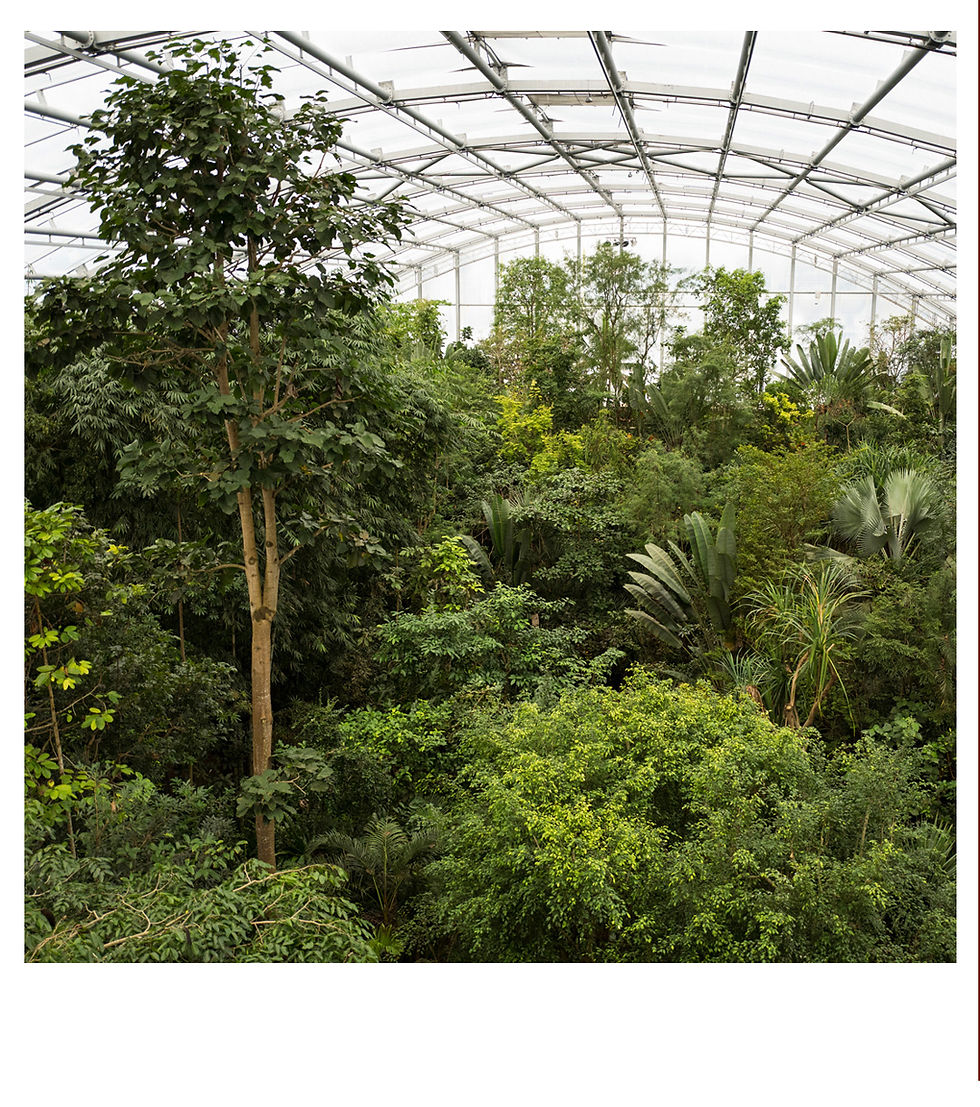CAMPANIA
BOTANIC GARDEN OF NAPLES
By CARLA DE AGOSTINI

On May 18th 1809, a 'Royal Botanical Garden for the education of the public and for the multiplication of spices useful to health, agriculture and industry' opened in Naples on Via Foria. The decree by which Joseph Bonaparte established it in 1807 concisely expresses the educational, medical, economic and productive aims of the new place. The foundations on which the Parthenopean kitchen garden is based will immediately distinguish it for the multiplicity of its functions and for its diversified plant heritage. Today it is managed by the Federico II University and is the second largest in Italy, after Padua, for exotic plant groups: twenty-five thousand plants of nine thousand species combined. After being devastated by Allied troops during the Second World War, the garden was reborn in 1948 with the construction of new greenhouses, the modernisation of the water supply and the increase in the collections of Cycadales, succulents and ferns.

At the time of its foundation, the city of Naples was dominated by the French, and it immediately became one of the most prestigious scientific institutions of southern Italy. The first director was the Italian botanist Michele Tenore and it was he who, in a career spanning almost fifty years from 1808 to 1860, scientifically organised the garden and promoted its innovative botanical concept to Europe's leading botanical institutions. The initial importance of research was soon complemented by the social importance of architect Vincenzo Paoletti's decision to enhance the landscape by creating a "public promenade" for visitors, with wide tree-lined avenues and pleasant paths through the greenery. This choice has continued to the present day, with free access to the vegetable garden to allow everyone, from children to the elderly, to enjoy a place of such great interest all year round.

The garden now boasts a Filiceto, a Palm Grove, a Desert area and a collection of Cycadales of considerable importance. In the Filiceto, located in a hollow, the conditions of shade and humidity necessary for growing ferns are reproduced. From the Latin fĭlix, the Filiceto is surrounded by a belt of trees that protects the area from excessive sunlight, while streams and an artificial pond, together with abundant and frequent watering, maintain the ideal microclimate. From here, where water reserves are plentiful, an ecological itinerary begins, illustrating the importance of water in biodiversity, and ends in the desert, where water resources are scarce. In the collection of succulent plants of the Desert, arranged on sandy soil to prevent stagnation and with some specimens covered in winter, there are remarkable specimens of mammilaria, notocactus, Wilcoxia Viperina, Opuntia and American Agave.


The primitive world of the Cycadales holds the record for the oldest seeded plants alive today, and the Botanical Garden has one of the most important collections of these in the world, both in terms of the number of species and genera, so much so that some of the genus Dion are grown only in Naples. Also of note here is the Cycas revoluta donated in 1813 by Maria Carolina Bonaparte, consort of the King of Naples Joachim Murat, in gratitude for the Terrazza Carolina, a structure of the garden that has now disappeared. At present, the plant, which is almost 200 years old, has reached a remarkable height of about 5 metres. Cycas revoluta is the only species of the Cycadaceae family that has had great success as an ornamental plant; it is widely found in parks and gardens in mild climate regions. The common name Cycas is not a diminutive but is linked to its similarity to palms: it derives from koykas, a word of Greek origin used to indicate an unidentified palm.

The garden also includes a citrus grove, the Chalet, an area designed for the visually impaired, and the Serra Merola, which recreates tropical rainforests and the coastal ecosystem of Mexican mangroves. The most recently established area is dedicated to the plants of the Bible, hosting some of the species mentioned in the most significant episodes of the Old and New Testament, such as myrrh or olive trees. The area reserved for Magnoliophyta is still under construction and will show the evolution of flowering plants, in line with the most recent discoveries in Systematic Botany.
A visit to the Parthenopean garden represents not only an opportunity to learn about and explore the world of botany but also a unique opportunity to enjoy an unexpectedly calm, unique and original Naples just a few steps from the busy Via Foria. Translation Greta Arancia Sanna
GALLERY
































